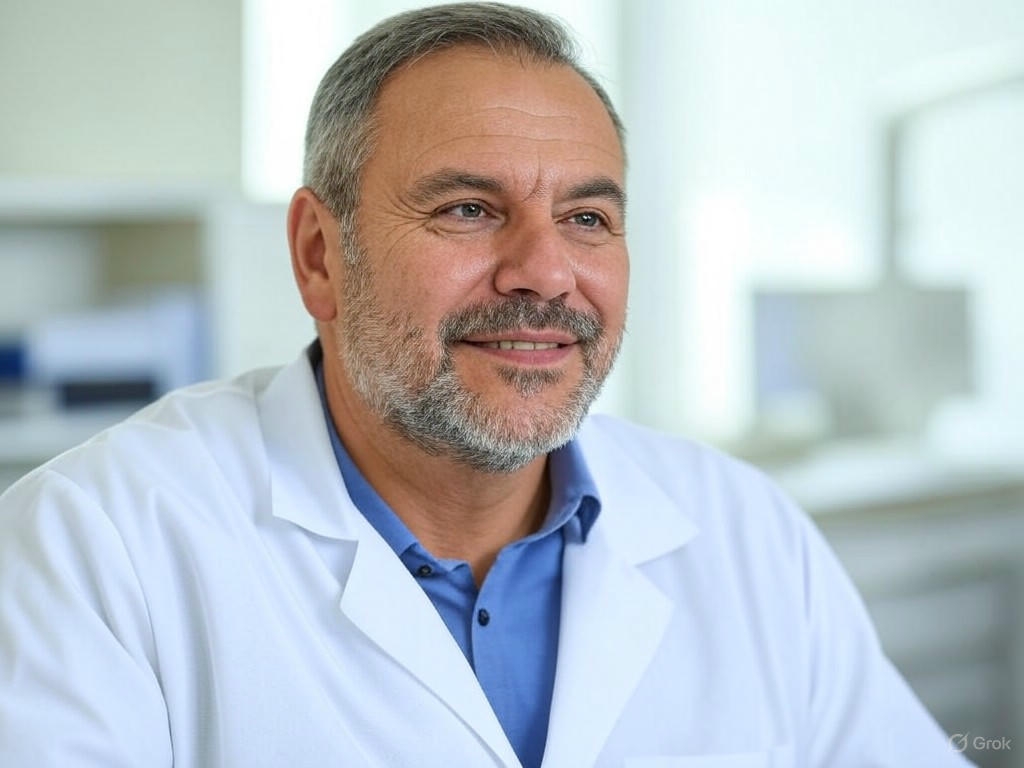Navigating the Decline: Understanding Low Testosterone and Safe Treatment Options
In recent years, a silent health concern has been gaining attention among men worldwide: the steady decline of testosterone levels. Research suggests that testosterone, the hormone responsible for male vitality, strength, and energy, is decreasing at an alarming rate of about 1% annually. This drop, often dubbed by some as ‘Manopause,’ mirrors the hormonal shifts women experience during menopause and has sparked discussions among medical professionals about its implications and potential remedies.
For many men, the effects of diminishing testosterone are subtle at first. Fatigue, reduced muscle mass, lower libido, and even mood swings can creep in, often dismissed as mere signs of aging. However, as the decline persists, these symptoms can significantly impact quality of life. Experts in endocrinology emphasize that this isn’t just a natural part of growing older for everyone; environmental factors, stress, poor diet, and sedentary lifestyles may accelerate the loss. Some even point to pollutants and chemicals in everyday products as potential culprits disrupting hormonal balance. The reality is clear—low testosterone is becoming a widespread issue that demands attention and action.
So, what can be done? Testosterone Replacement Therapy (TRT) has emerged as a leading solution for those diagnosed with clinically low levels. TRT involves supplementing the body with synthetic or bioidentical testosterone through injections, gels, or patches to restore hormonal balance. When administered under strict medical supervision, it has shown promising results, with many patients reporting renewed energy, improved mood, and enhanced physical performance. However, the treatment isn’t without controversy. Some health professionals caution against its overuse, warning of potential side effects like increased risk of heart issues or prostate complications if not carefully monitored. The key, they argue, lies in personalized care—ensuring that only those with a verified deficiency undergo therapy after thorough testing and consultation.
Beyond medical interventions, lifestyle changes can also play a pivotal role in managing testosterone levels naturally. Regular exercise, particularly strength training, has been shown to boost hormone production. A diet rich in healthy fats, zinc, and vitamin D—think avocados, nuts, and fatty fish—can support endocrine health. Additionally, prioritizing sleep and reducing stress through mindfulness practices can help mitigate the factors that suppress testosterone. Doctors often recommend a dual approach, combining these habits with medical guidance to achieve sustainable results.
As the conversation around ‘Manopause’ grows, it’s evident that awareness is the first step toward addressing this hormonal challenge. Men are encouraged to speak openly with healthcare providers about their symptoms rather than brushing them off as inevitable. With testosterone levels on a downward trend globally, proactive steps—whether through lifestyle adjustments or safe, supervised treatments like TRT—can make a world of difference. The journey to reclaiming vitality starts with understanding the problem and exploring the options available. After all, aging may be unavoidable, but thriving through it is entirely within reach.


